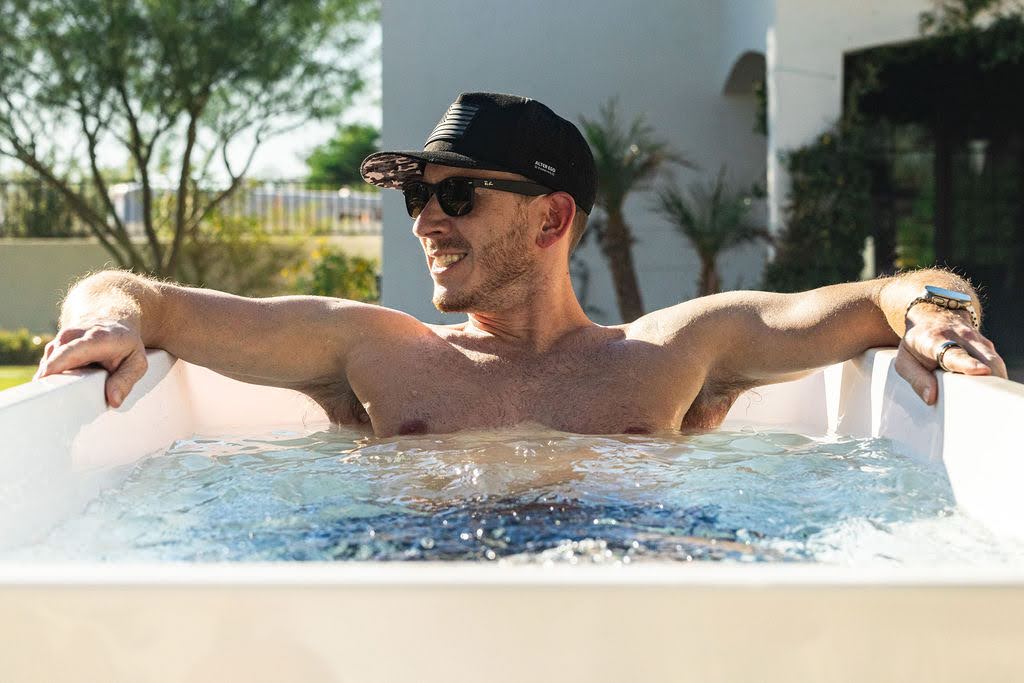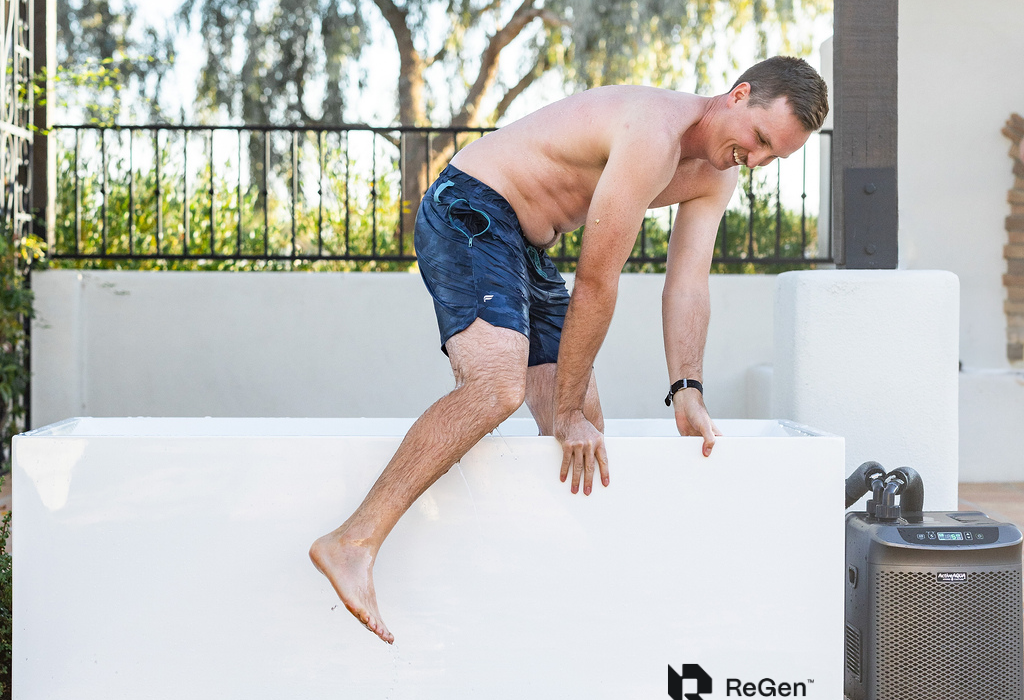When shopping for a cold plunge or comparing different chillers, you’ll often come across specs like BTU, wattage, amperage, and horsepower (HP).
But, what do these numbers really mean, and which ones actually matter when it comes to real-world performance?
Let’s break it down.
Understanding BTU: Your Best Indicator of Cooling Power
British Thermal Units (BTU) measures how much heat a chiller can remove from the water per hour. The higher the BTU rating, the more powerful the cooling capacity.
For example: A chiller rated at 8500 BTU/hr can remove 8500 units of heat every hour. That’s enough to cool roughly 100 gallons of water by 30°F in 3 hours, assuming ideal conditions.
Why BTU matters: It gives you the best apples-to-apples comparison of how fast a chiller can actually cool your plunge.
Watts vs. Amps: What’s the Difference?
Wattage (W) is the amount of electrical power a chiller consumes. It can be calculated with:
Watts = Voltage × Amperage × Power Factor
Amperage (A) tells you how much current is drawn, but it doesn’t always reflect performance.
Here’s an example of watts vs amps:
- Chiller A: 10A at 120V = 1200W
- Chiller B: 10A at 240V = 2400W
Same amps, double the wattage → potentially more cooling power.
But wattage alone still doesn’t tell the full story…
The Hidden Variable: Power Factor
Not all chillers use power equally efficiently. That’s where Power Factor (PF) comes in.
- A high-quality compressor might have a PF of 0.9 (very efficient)
- A cheaper or older model might have a PF of 0.6
Even if two chillers draw the same watts, the one with a higher PF will deliver more actual cooling power.
Don’t Be Fooled by Horsepower (HP) Ratings
One of the most misleading specs in the cold plunge world is horsepower (HP). Many brands promote their chiller as being “2.0 HP” or “2.5 HP” — but this doesn’t actually mean it performs better.
Here’s why HP is misleading
- HP refers to the motor’s peak mechanical power, not its cooling output.
- A high HP rating doesn’t tell you how efficiently that power is being used to remove heat from water.
In fact, it’s very possible — and common — for a 1/2 HP chiller with an efficient compressor and optimized system to outperform a 2.0 HP chiller that's poorly designed.
Bottom line: Don't get distracted by inflated horsepower numbers. Focus on BTU and real-world performance.
System Efficiency: It’s Not Just About Specs
Even if two chillers consume the same power, their performance can vary greatly based on:
- Compressor type (scroll vs. piston)
- Refrigerant efficiency
- Heat exchanger design
- Airflow and ventilation
This is why we recommend using BTU/hr as your go-to metric, supported by real-world test data whenever possible.
Want to learn more about your chiller options?
Ask the manufacturer to share their chiller’s:
- BTU rating
- Starting and target temp test
- Water volume
- Time to cool
- Flow rate (GPM)
- Video or timestamped test data
Chiller Case Study:
Active Aqua 1/4 HP Chiller vs. EcoPlus 1/2 HP Chiller
Here's a direct comparison using the key metrics that matter:
| Metric | Active Aqua 1/4 HP Chiller | EcoPlus 1/2 HP Chiller | Why It Matters |
| Cooling Capacity (BTU/hr) | 3,010 BTU/hr | 5,115 BTU/hr | EcoPlus removes ~70% more heat per hour — faster cool downs, better performance |
| Power Consumption (Watts) | 460 W | 510 W | Only 50W more, yet nearly 2x the cooling capacity — more efficient use of energy |
| Amperage Draw | 4.7 A | 4.4 A | EcoPlus draws less current than Active Aqua while delivering significantly more cooling |
✅ Why the EcoPlus Is More Efficient (Even with Higher HP)
The EcoPlus had a better BTU-to-Watt Ratio:
- Active Aqua: ~6.5 BTU per watt
- EcoPlus: ~10 BTU per watt
→ EcoPlus converts electricity into cooling more effectively
Lower Amps = Less Electrical Load:
Despite its higher horsepower and BTU output, EcoPlus actually pulls less current, which reduces electrical stress and improves compatibility for home setups.
Real Efficiency > Marketing HP:
The EcoPlus 1/2 HP outperforms the 1/4 HP Active Aqua not because of its HP rating, but because of smarter system design, compressor efficiency, and thermal transfer.
Should You Choose an All-in-One Chiller?
Here from Adam Smith, ReGen Founder on whether you should choose an all-in-one chiller for your cold plunge tub:
Key Takeaways for Finding the Best Cold Plunge Chiller:💧 BTU/hr — Most reliable indicator of actual cooling power |
At the end of the day, it’s not about how loud a chiller sounds or how sleek it looks — it’s about how quickly and consistently it can drop water temperature and hold it there.
If you're a consumer shopping for a cold plunge, don't settle for vague claims. Ask for the data. And if you're a cold plunge brand, be ready to share it.




Leave a comment
This site is protected by hCaptcha and the hCaptcha Privacy Policy and Terms of Service apply.